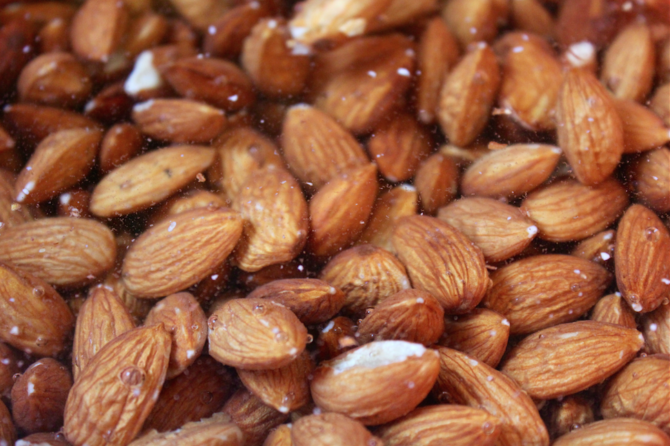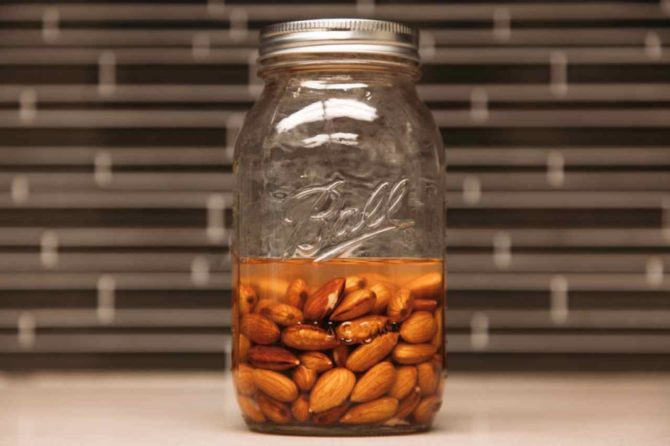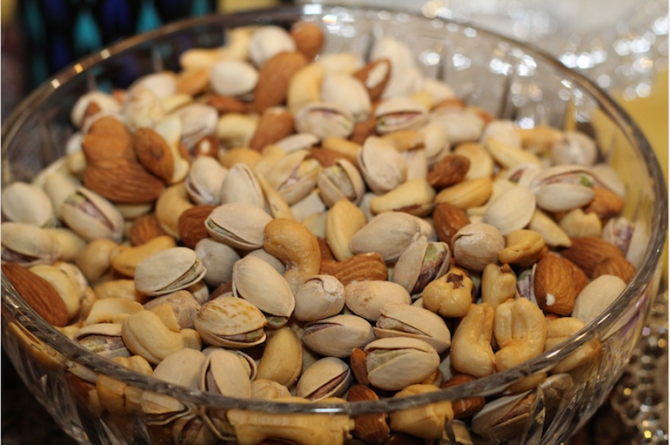California, the producer of nearly half the country’s produce, is experiencing an extreme drought right now, as I’m sure you’ve all heard about. This means that in California, there is little to no water to spare, even for agriculture.
But what does that have to do with almonds?

Photo by Julia Fuller
According to the California Almond Acreage Report, the amount of acres dedicated to almond plants has more than doubled since 1995, going from 418,000 acres to about 860,000 in 2014, meaning that almonds are making a profit upwards of $4,816,860 right now. This also means that right now, almonds are in high demand, and the price of almonds rise as the demand for them does, too, because almonds are a very trendy food.
And, don’t get me wrong, almond are delicious and very good for you— but at what cost?

Photo by Yonatan Soler
It takes 1.1 gallons of water to produce one almond. ONE ALMOND.
Imagine, then, how much water is being used to grow this 860,000 acreage of almonds. That’s a hell of a lot of water. At a time when there really isn’t much water to spare.
Due to the lack of water, Californian farmers have been drilling for water on their own farms to create wells and there are little to no regulations regarding well-drilling and it’s extremely expensive to create these wells.
It turns out all this drilling is actually making the drought worse. According to NPR: “State officials estimate that water tables in some parts of the Central Valley have dropped 100 feet below historical lows. Groundwater pumping could also put more stress on the San Andreas Fault, which has moving plates that can cause earthquakes.”
Plus, drilling is also really bad for the environment and ecological circumstance — the ground of the almond abundant San Joaquin Valley has literally been sinking by an average of 11 inches per year, according to a 2013 US Geological Survey, thanks to overusing the aquifers (aquifers being the water that the drilled wells tap into). And, on top of that, the increase in demand for almonds is seriously hurting honey bees.
It turns out, too, that corporate firms are buying up land right now to secure some sort of profit in the future regarding agriculture, especially in the nut market. Right now, there are still mostly farmers buying up farmland, but the corporate firms’ intentions are still something to be weary about.
According to The Oakland Institute: “A recent report by the Oakland Institute documents a fledgling, little-studied trend: Corporations are starting to buy up US farmland, especially in areas dominated by industrial-scale agriculture, like Iowa and California’s Central Valley. But the land-grabbing companies aren’t agribusinesses like Monsanto and Cargill. Instead, they’re financial firms: investment arms of insurance companies, banks, pension funds, and the like. In short, Wall Street spies gold in those fields of greens and grains.”
Is there a solution?

Photo courtesy of pixabay.com
Perhaps farmers could try to grow more row plants as opposed to the water-guzzling nut trees and plants since you can fallow row plants (and therefore use less water).
And maybe we could try to lower the demand for almonds somehow so that less water goes to this crop, but that seems unlikely, as mentioned, because almonds are in extremely high demand right now.
Small steps, though. The less people who buy almonds, the lower the demand, ideally, so maybe take some time to focus on some other nuts.

